Basically, I'm not sure how to use MVVM, and/or use commands correctly in my current situation. So, I have a View, containing a list box, and a panel of animation objects, that I created. These animation objects can be animated through a simple public method, Animate(). The goal here, is to associate this Animate() method with buttons inside the list box, like so:

As we can see in the diagram below, both the ListBox items and the visual elements inside of the animation area are associated with the same collection of models from the ViewModel, with the items in each being templated. For example, the ListBox items are simply defined to have some text related to a data item, and the AnimationObjects take on an appearance according to the data. These models, I feel, should not understand that an animation is occurring - they're simple data, and the animation does not change them.
 Finally, I show in the below diagram, that I have created two FrameworkElement child types, one for holding animation objects, and another that defines these animation objects.
Finally, I show in the below diagram, that I have created two FrameworkElement child types, one for holding animation objects, and another that defines these animation objects.
 How can I connect this animation action to the buttons within the list box? It doesn't make sense to me that the models/viewmodels know about the animation, because it doesn't change the state of anything in my application - it's just for visual purposes. I've thought about using a RoutedCommand defined in AnimationObject, and having the buttons bind their command property accordingly, but I worry that will simply make every element animate at the same time.
How can I connect this animation action to the buttons within the list box? It doesn't make sense to me that the models/viewmodels know about the animation, because it doesn't change the state of anything in my application - it's just for visual purposes. I've thought about using a RoutedCommand defined in AnimationObject, and having the buttons bind their command property accordingly, but I worry that will simply make every element animate at the same time.
It is also important for my sake, that I conform to MVVM, as these data will be used in many other situations, perhaps even a different version of this view.
Any advice would be appreciated.